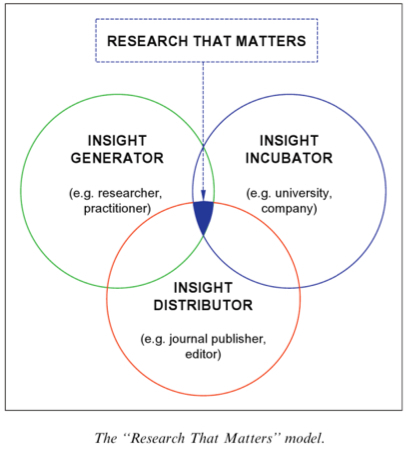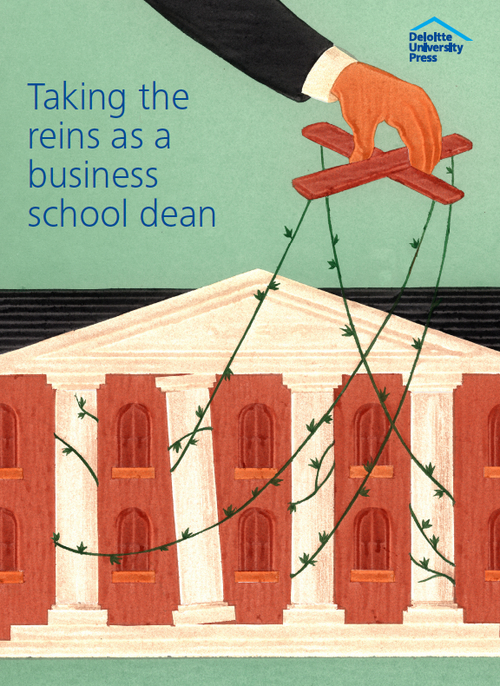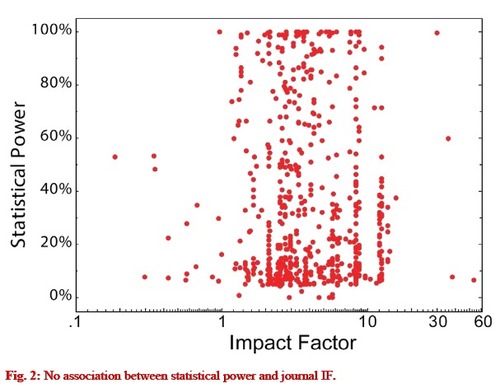Doing Research That Matters; Shaping the Future of Management
June 30, 2013 Leave a comment
See on Scoop.it – Dual impact of research; towards the impactelligent university
Synopsis
If you believe the impact of management research and education is in decline, this book will help you play your part. Doing Research that Matters looks at an old issue from a new perspective, taking a fresh and cross-disciplinary approach to learning how we can contribute with our work to shaping the future of management. Readers are invited to sit back and relax while they are taken on a journey through the views and work of a group of exemplary professionals: top-management gurus Rob Goffee, Robert Kaplan, Barbara Kellerman, Philip Kotler, John Kotter, Howard Gardner, Costas Markides, Roger Martin, Henry Mintzberg and David Ulrich; Nobel Laureates Gerhard Ertl, Doug Osheroff, Elinor Ostrom, Jack Szostack and Harald zur Hausen; and world renowned astrophysicist Margherita Hack. In his quest to become a better management innovator, Marco Busi shares the wisdom he gained from these interviews to highlight patterns in the way pioneers identify a problem worth researching, generate an outcome worth spreading, and generally conduct a career worth having.
In an era when the impact of management research and education could be argued is in decline, this book helps readers who want to have a real impact through their management practice and/or research and allows them to truly stand on the shoulders of giants. Doing Research That Matters reveals the ways that exceptional scholars and practitioners have sparked research, done it well, and spread it to others, in the process shaping the way we live and manage. It presents a collection of views and experiences of Nobel Laureates and top management gurus such as Robert Kaplan, Philip Kotler, Howard Gardner, Costas Markides, specifically related to the concepts of research excellence, research process and research outcome. These interviews reveal how their transformative research came about, what drives it, who drives it, how it happens, and why the people who do it feel so passionate about getting the word out. Taking the reader through their life stories it highlights common patterns in the way these people identify a problem worth researching, generate an outcome worth spreading, and generally conduct a worthy professional life.
Contents:
Prologue My Declaration of Intent1 Personal Introduction To The Futureers15 Chapter 1 Shaping the Future of Management by Reinventing Management Research25 Understanding What to Aim For35 Chapter 3 The Thrill of Discovery55 Finding Romantic Problems Worth Studying71 Chapter 5 Enjoy the Ride93 Chapter 6 Travelling Solo or in Groups?117 Chapter 7 Share the Experience to Make it More Valuable to You and Others139 Epilogue Shaping the Future of Management Research161 Endnotes181 About the Author197 Copyright
Source:
Doing Research That Matters Shaping the Future of ManagementMarco Busi (editor), 200 pp, 2013, Emerald Group Publishing Limited, ISBN: 9780857247070
See on books.emeraldinsight.com







